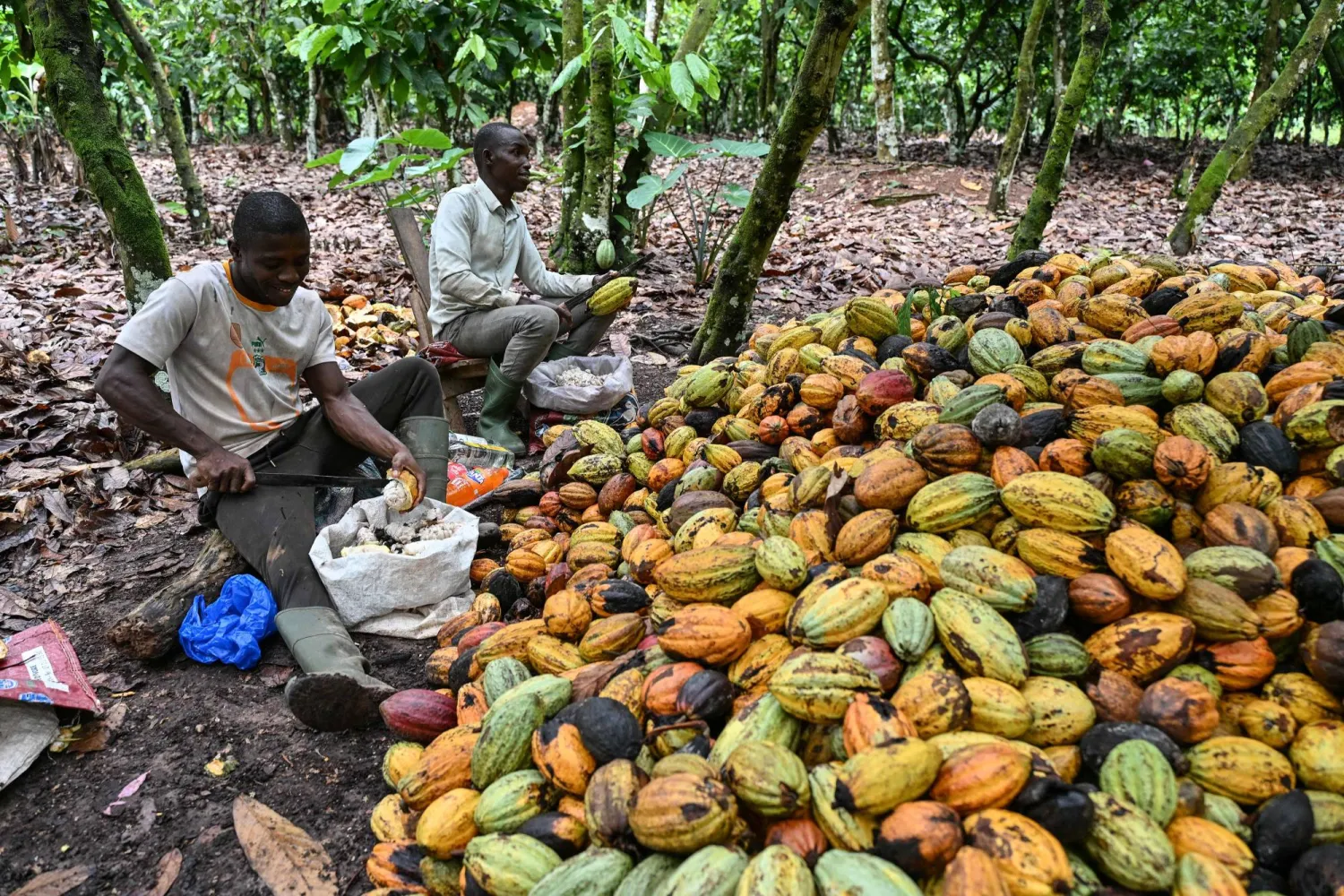Shoppers can travel back in time in Souq Al Zal’s corridors featuring details that tell endless tales inspired by a rich history and generations of merchants who worked there over the past 120 years. The Souq is located in the Saudi capital, near the ruling palace.
Established in 1319 AH (1901 AD), Souq Al Zal in Riyadh draws a real image of the Saudi heritage. It’s surrounded by the Masmak Fort, Al Thumairi Street, and the Imam Turki bin Abdullah Mosque.
This Souq is like no other in the Saudi capital; it has become the largest complex of shops selling menswear, popular accessories, carpets, antiquities, shoes, incense, and all kinds of oriental perfumes. It also features a separate auction space dedicated for old goods sales.
The Souq sees a higher turnout during Ramadan, as people visit it looking for decorations inspired by the holy month and Eid al-Fitr, knowing they can find all what they want including garments, accessories, perfumes, oud, and incense.
Although it looks so simple and modest, the Souq boasts unique and historic buildings that have maintained their original design. There, shoppers enjoy a special experience that takes them back to the past to learn more about their ancestors.
The Souq gathers people from all social classes coming to shop goods that they might not find elsewhere.
Abu Ahmed, an incense merchant in Souq Al Zal, says the turnout in Ramadan has remarkably increased, as many shoppers come looking for decorations for Ramadan and Eid al-Fitr.
Visitor Abdullah al-Otaybi says he has come to this Souq since he was a child, noting it’s his favorite place to return to the past and explore the details of the old Saudi lifestyle, and to buy his needs, especially before Eid al-Fitr.









